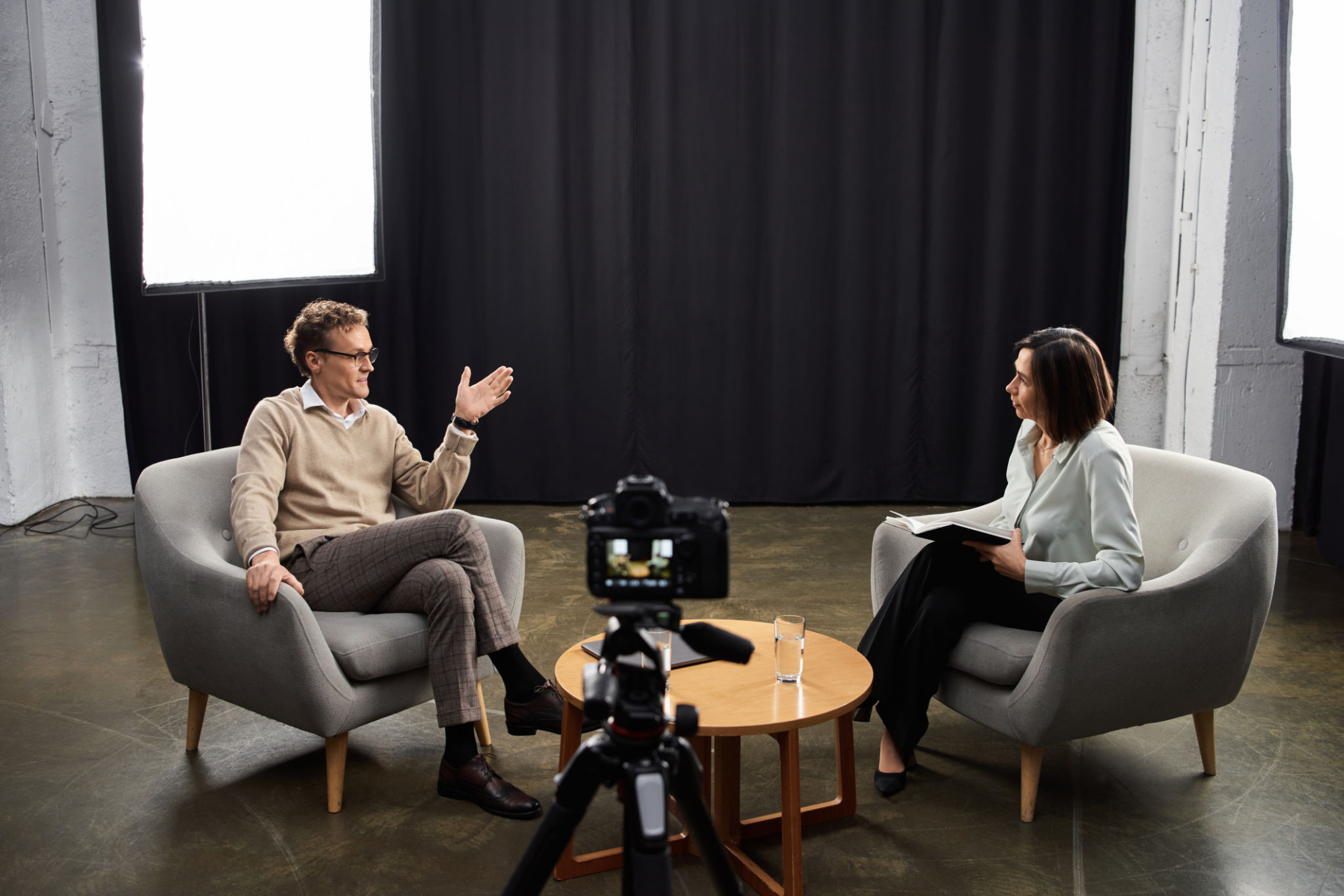The Ultimate Guide to Podcast Production for Beginners
PP
Understanding Podcast Production
Podcasting has become a powerful medium for sharing stories, ideas, and information. Whether you're looking to start a podcast for your business or as a personal project, understanding the basics of podcast production is crucial. This guide will help beginners navigate the world of podcasting with ease and confidence.

Choosing Your Podcast Format
The first step in producing a podcast is deciding on the format. Formats can range from interview-style shows to solo monologues or even scripted storytelling. Consider what format best suits your content and audience. The choice of format will significantly influence how you plan and produce your episodes.
Once you've chosen a format, you'll need to decide on the length and frequency of your episodes. Consistency is key, as it helps build an audience that knows when to expect new content. Many successful podcasts release episodes weekly, but bi-weekly or monthly schedules can also work.
Essential Equipment
Investing in quality equipment is vital for producing a podcast with clear and professional sound. At a minimum, you'll need a good microphone, headphones, and recording software. Popular microphone choices include USB microphones like the Audio-Technica ATR2100x-USB or the Blue Yeti. For recording software, Audacity and GarageBand are excellent free options for beginners.

Additionally, consider using pop filters to reduce unwanted noise and an audio interface if you're using XLR microphones. Don't overlook the importance of a quiet recording environment to minimize background noise.
Recording Your Podcast
Before hitting record, it's essential to outline your episode. Having a clear structure helps keep the conversation engaging and ensures you cover all necessary points. When recording, speak clearly and at a steady pace. Don't worry about making mistakes; they can be edited out later.
If you're conducting interviews, ensure that both you and your guest are using good-quality microphones. Remote interviews can be recorded using platforms like Zoom or Skype, which offer built-in recording features.

Editing and Post-Production
Editing is where you refine your raw recordings into polished episodes. Use editing software to cut out mistakes, add music or sound effects, and adjust audio levels for consistency. Learning basic editing techniques can significantly improve the quality of your podcast.
If editing seems daunting, consider outsourcing this task to a professional editor. This allows you to focus on creating content while ensuring high-quality production standards.
Publishing and Promoting Your Podcast
Once your episode is ready, it's time to publish it to podcast directories like Apple Podcasts, Spotify, and Google Podcasts. You'll need a podcast hosting service to upload your episodes and distribute them to these platforms. Popular hosting services include Libsyn, Podbean, and Anchor.

Promotion is crucial for growing your audience. Use social media, email newsletters, and collaborations with other podcasters to spread the word about your show. Engaging with your audience through listener feedback can also foster community and loyalty.
Continual Improvement
Podcasting is a journey of continual improvement. Regularly seek feedback from listeners and look for ways to enhance your content and production quality. Staying informed about industry trends can also provide inspiration and help you stay ahead in the ever-evolving podcast landscape.
Remember, the most important part of podcasting is enjoying the process and connecting with your audience. With dedication and creativity, your podcast can become a powerful medium for sharing your voice with the world.